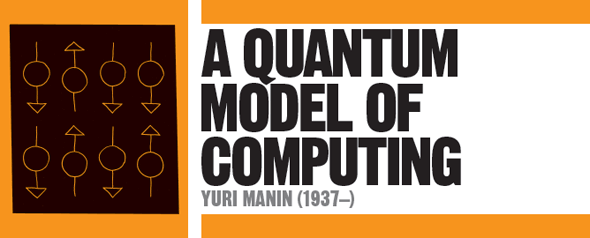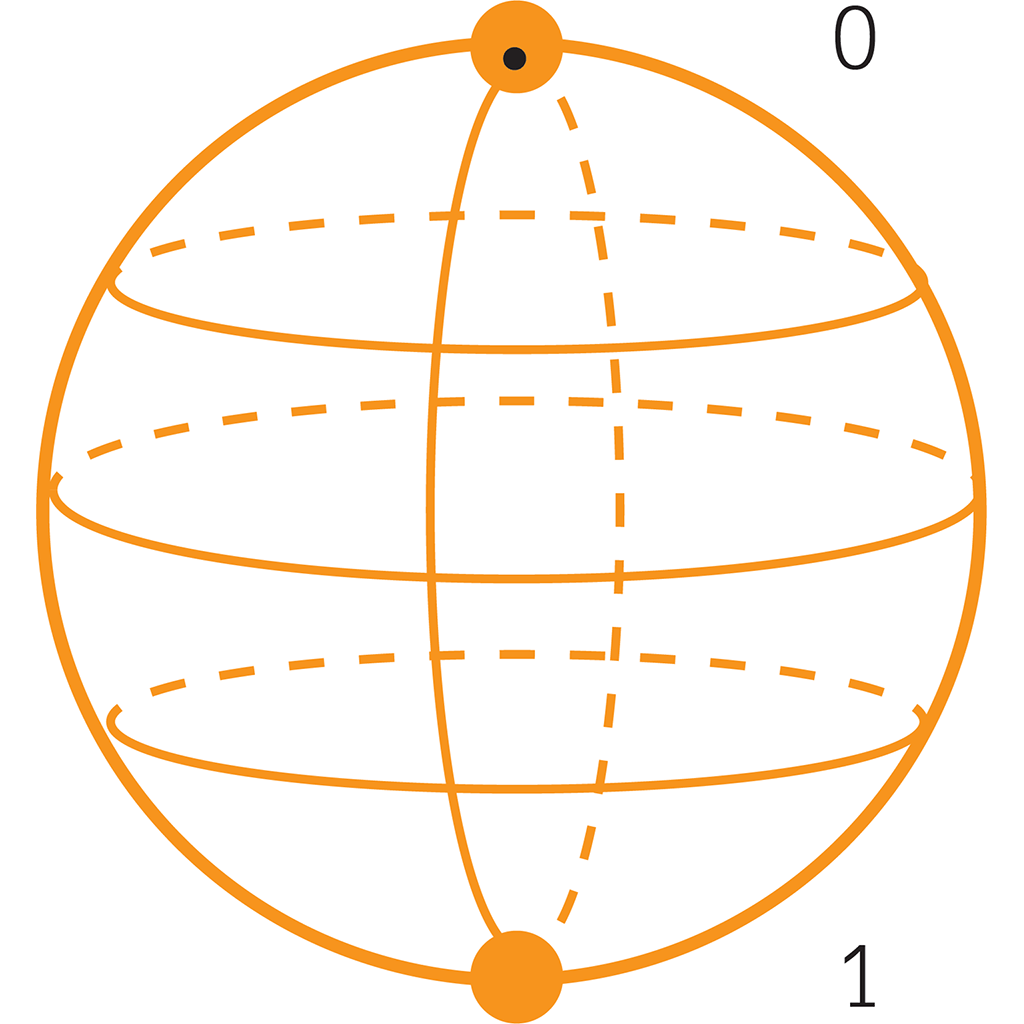
IN CONTEXT
Computer science
1935 Albert Einstein, Boris Podolsky, and Nathan Rosen develop the “EPR paradox”, providing the first description of quantum entanglement.
1994 American mathematician Peter Shor develops an algorithm that can achieve the factorization of numbers using quantum computers.
1998 Using Hugh Everett’s many-worlds interpretation of quantum mechanics, theorists imagine a superposition state in which a quantum computer is both on and off.
2011 A research team from the University of Science and Technology in Hefei, China, correctly find the prime factors of 143 using a quantum array of four qubits.
Quantum information processing is one of the newest fields in quantum mechanics. It operates in a fundamentally different way from conventional computing. The Russian-German mathematician Yuri Manin was among the very first pioneers developing the theory.
The bit is the fundamental carrier of information in a computer, and can exist in two states: 0 and 1. The fundamental unit of information in quantum computing is called a qubit. It is made of “trapped” subatomic particles, and also has two possible states. An electron, for example, can be spin-up or spin-down, and photons of light can be polarized horizontally or vertically. However, the quantum mechanical wavefunction allows qubits to exist in a superposition of both states, increasing the amount of information that they can carry. Quantum theory also permits qubits to become “entangled”, which exponentially increases the data carried with each additional qubit. This parallel processing could theoretically produce extraordinary computing power.

The information on a qubit can be represented as any point on the surface of a sphere – a 0, a 1, or a superposition of the two.
Demonstrating the theory
First aired in the 1980s, quantum computers seemed just theoretical. However, calculations have recently been achieved on arrays with only a few qubits. To provide a useful machine, quantum computers must achieve hundreds or thousands of entangled qubits, and there are problems scaling up to this size. Work on these problems continues.
See also: Albert Einstein • Erwin Schrödinger • Alan Turing • Hugh Everett III